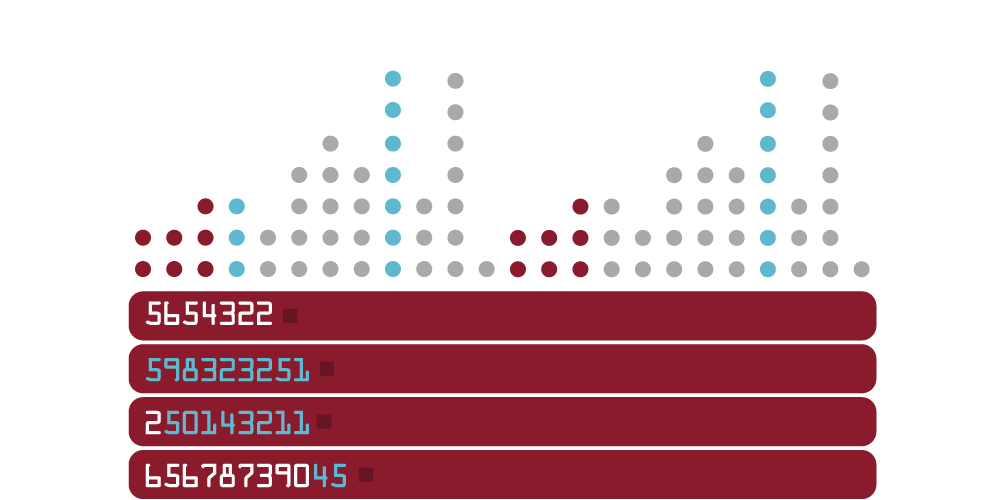How are loan markets preparing for life after LIBOR?
Published on 16th April 2019

What do SOFR, SONIA and €STER have in common? This isn't a banking joke. The answer is that they are the risk-free rates for US dollars, Sterling and the Euro, respectively, and will likely form the basis of the alternative benchmarks that will occupy any space vacated by the various interbank offered rates, including LIBOR.
But what does this mean for those documenting loans at the moment, and what should they be doing now to prepare?
Background
As has been well-documented, the transition from LIBOR to SONIA appears inevitable due to the illiquidity in the underlying market that LIBOR is derived from, its legacy issues and its susceptibility to manipulation. Financial products priced by reference to SONIA are already traded in certain markets, including the derivatives market.
However, SONIA-referencing products have yet to be widely adopted in loan markets, and the transition gives rise to a number of complexities in relation to loan market products typically priced by reference to the longer of the LIBOR tenors. For example, in the real estate finance sphere, floating rate loans are typically priced by reference to the three month LIBOR rate and the income-focussed financial covenants calibrated accordingly.
These complexities arise from the fact that three month LIBOR, for example, and SONIA each represent something that is quite different and are calculated in a very different manner. LIBOR is a forward-looking term rate, reflecting a bank credit and liquidity risk premium; SONIA is an overnight, backward-looking, rate where credit, liquidity and other risks are negligible.
Given its experience with SONIA, the derivatives market has been identified as a likely source for pricing a SONIA-derived term rate. Such a term rate could utilise the markets for exchange-traded futures and overnight indexed swaps (OIS) that reference SONIA. However, such rates still do not take account of the risk premium reflected in LIBOR. The OIS market is, at present, more favoured given its greater depth of liquidity with the risk premium being factored in by means of a credit spread.
Whatever the outcome of the present deliberations, it's important that there is consistency in the approach of the derivatives and the loan markets as to how any replacement term rate is calculated and the related conventions. This is especially so where the floating rate element of a loan has been hedged on the derivatives market to avoid any potential misalignment between the floating rate that the borrower is paying to the lender(s) and the floating rate it is receiving from its hedge counterparty.
How is the discontinuance of LIBOR tackled in loan documentation?
In recognition of the fundamental change that is on the horizon for this key rate, the LMA published its "LMA Recommended Revised Form of Replacement Screen Rate Clause and Users Guide" in May 2018. The proposed form of language highlights the looming issue of LIBOR discontinuance and facilitates the process for amending the facility agreement when LIBOR ceases to be available in its current form. This does not, however, go as far as detailing the amendments that will need to be made to the relevant facility agreement to accommodate any rate that replaces LIBOR. As mentioned above, that replacement rate, and the method by which it is calculated, are still being discussed.
The LMA has included in its suite of facility documents various contractual fallback options in the event that LIBOR cannot be determined on a given date, but these fallbacks were conceived to cover a temporary unavailability of screen rate. They do not provide for a switch to an, as yet, undetermined rate as a long-term alternative to LIBOR. The various fallback options were included in the LMA template in November 2014: so facility agreements entered into prior to that date are unlikely to include even these short-term options.
Value transfer
Aside from the costs of third party professionals required to effect the amendments to the facility agreement and any costs associated with the restructuring of any related interest rate hedging instrument, there is also the ongoing potential for value transfer over the term of the loan.
In an OIS, a fixed-interest payment is swapped for an interest payment based on daily compounding SONIA rates over the relevant interest period, say three months (as is typically seen in floating rate real estate finance loans). The three month OIS rate reflects the market's expectations of the compounded SONIA rate over that period. As the SONIA-derived OIS rate is risk-free and does not include a premium for bank credit and liquidity risks, it has tended to trade at a lower rate than the equivalent LIBOR tenor. So, what is the appropriate spread that should be added to that SONIA-derived OIS rate to reflect these risks?
The latest ISDA consultation has confirmed that the derivatives market's preferred method is to look at historical data sets for LIBOR and SONIA rates and from that calculate an average spread that could be added to SONIA to compensate for the lack of credit premium. Regardless of the method used, the SONIA-derived rate will not precisely replicate the LIBOR rate of equivalent tenor. How significant the difference will be remains to be seen, but some form of value transfer between the borrower and the finance parties appears inevitable. Where that value transfer is significant or where one of the parties is looking for a bargaining chip to (re)negotiate better terms on their deal, any transition away from LIBOR may create fertile ground for litigation.
Should any action be taken now?
In short, yes. While there is clearly further work to be done in establishing an alternative benchmark rate, both lenders and borrowers should be taking action now to prepare themselves for this event.
Lenders and borrowers should be identifying the loans that will be impacted by any transition away from LIBOR (and the process required to amend the same) and assessing any tax, accounting or regulatory impacts on those loans.
Lenders should also be emphasising to their clients the likelihood of the discontinuance of LIBOR during the life of loans that are being documented now – especially given the likely economic impacts of the transition. We have discussed with a number of lenders the benefits of including a risk factor-type disclosure in their term sheets. This brings to the (potential) borrower's attention the fact that the discontinuance of LIBOR is presently being discussed and the implications that this may have for the facility agreement that they are intending to sign up to.
In the context of third party security or guarantees which provide credit support for affected loan facilities, the various anti-avoidance provisions in such agreements should be reviewed to ensure that they are sufficiently widely drawn to expressly contemplate the transition away from LIBOR. If the transition is apparent from the face of the documents, any argument that the amendments necessary to facilitate the replacement of LIBOR fall outside the scope or purview of the original guarantee should be difficult to make out.




